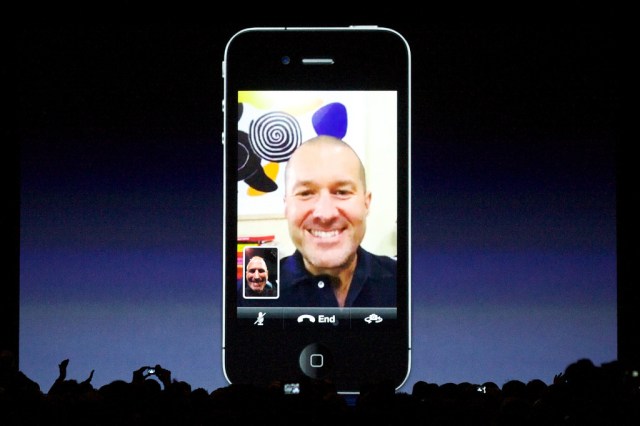As reported on TechCrunch.
by DARRELL ETHERINGTON

Ideally, your smart device of the future anticipates your needs and adjusts itself to suit them without requiring input on your behalf. Two newly published patent applications (spotted by AppleInsider) from Apple describe systems that could help do just that for future iPhones and iPads, viaselective screen brightness control and auto camera switching during FaceTime video calls.
The first patent application describes a way for a user to selectively adjust brightness and contrast of different user interface elements independently of one another. Essentially, this could work in practice by doing things like selective lightboxing as you might see on a photo-focused website, foregrounding elements that contain active content and providing enhanced visibility as well as offering some battery savings.
This is something that some apps already offer, giving users control over what elements are darkened or made brighter within their specific software. Apple’s invention would have the advantage of making this a system-level feature, and one that works automatically in some cases, lightening the load on developer resources and making it so that users can reasonably predict how any given app will use it. This could have big impacts not only in general usability, but for specific accessibility advantage as well.
The other patent application new today describes a way in which Apple devices might be able to switch automatically between front and rear-facing cameras on the fly, based on cues from the user and what’s being captured by each camera lens. This would require devices to capture both streams at one time, but Apple says in the patent that advances in mobile processor tech have recently begun to make that possible without too much excess demand on system resources.
In practice, such a system would be able to work with live calls via services like FaceTime, so that when a participant says something like “Look what Bruno’s doing” and the rear-facing camera detects a dog-like shape in frame, it switches automatically to broadcasting that feed to the receiving party. This could also work for locally-recorded video, the patent application says, doing things like switching between front and back cameras depending on if it detects the person doing the filming is talking or not.
Both of these are the type of next-gen tech projects that likely won’t make it into hardware for the immediately incoming generation, but they’re logical enough additions to existing features that we could well see them in a couple of years’ time.